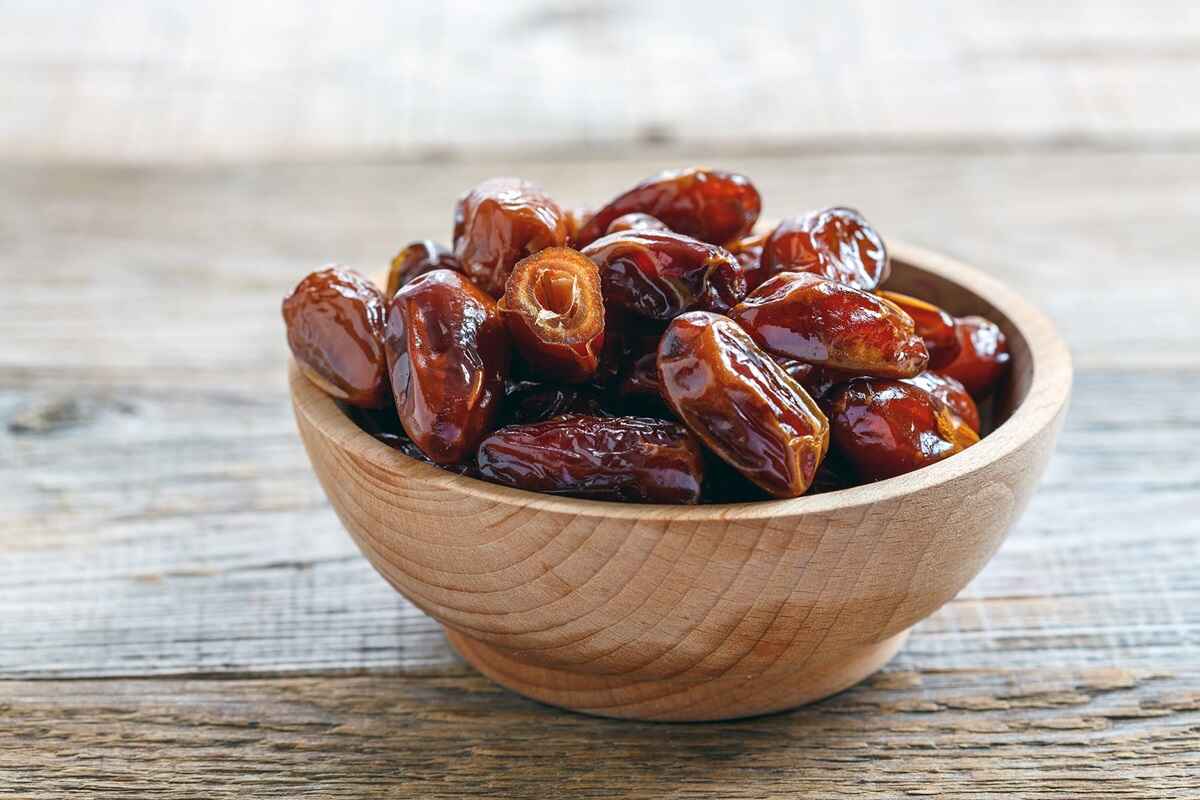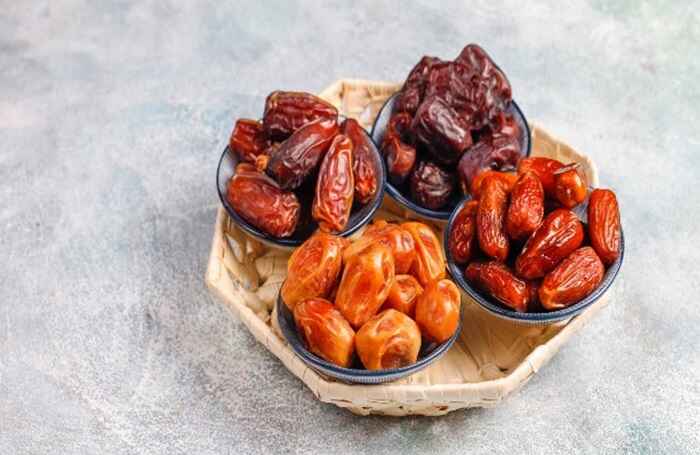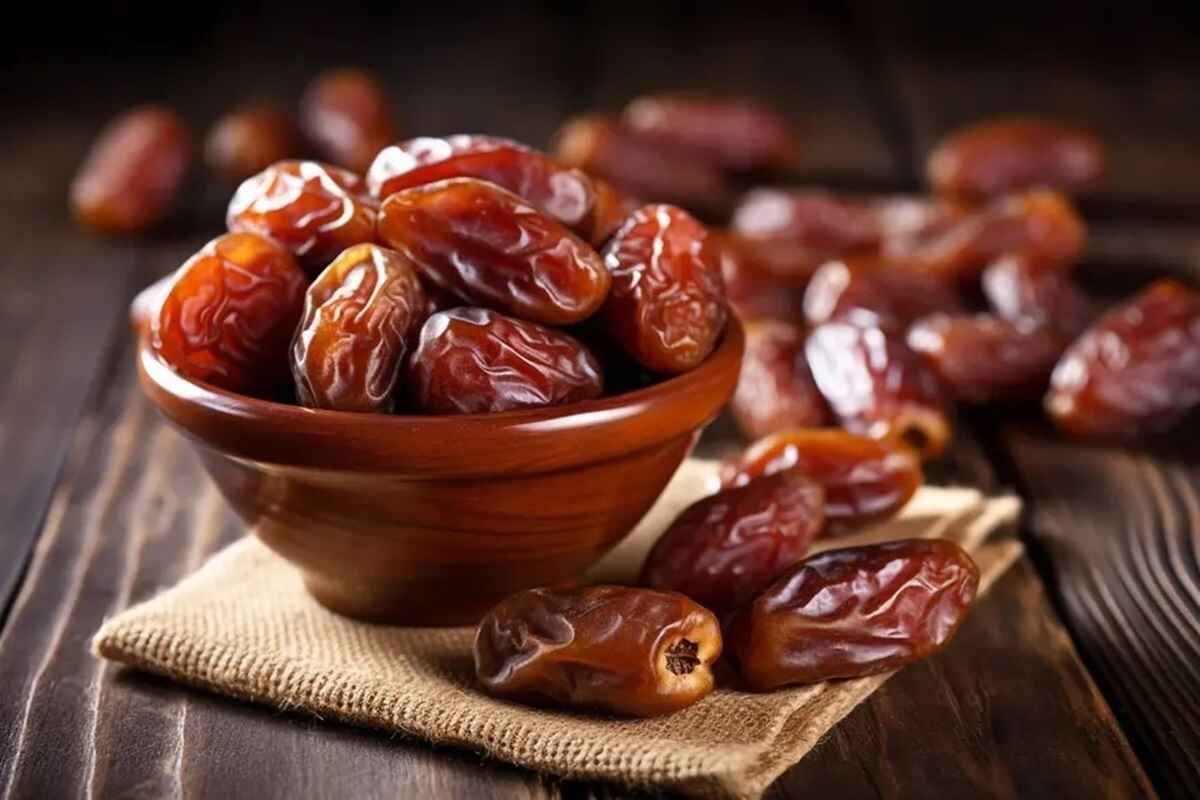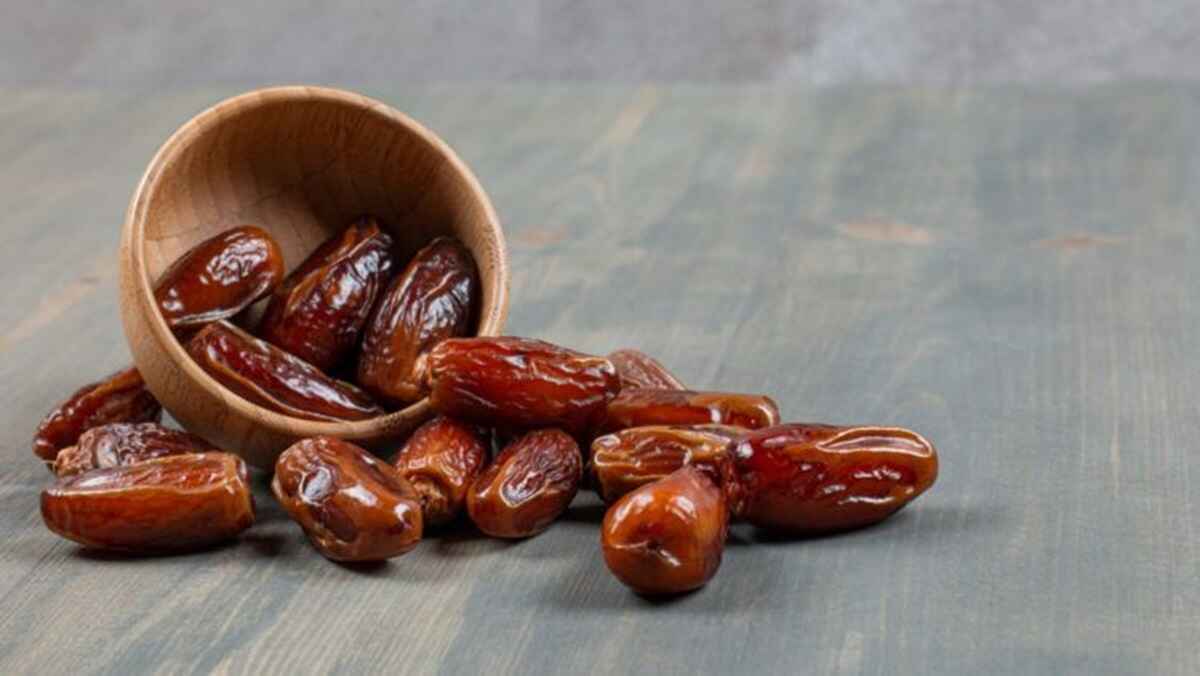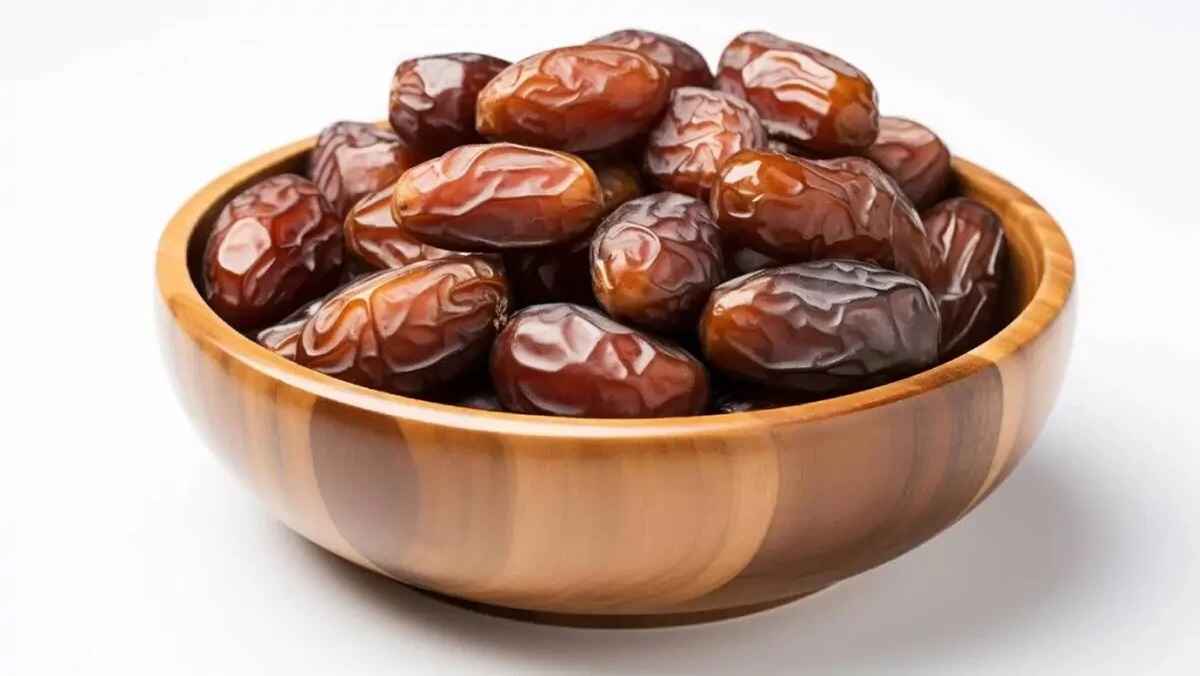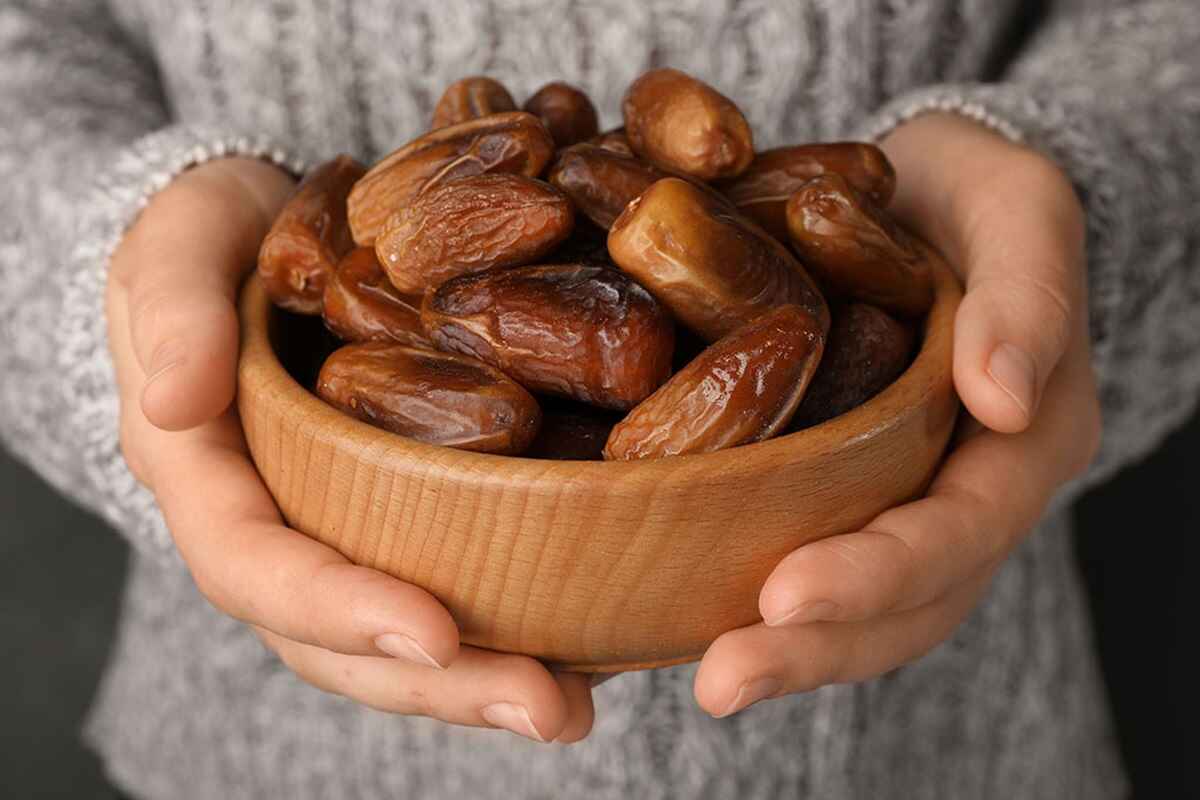Fresh vs. Dried Dates: Dates are a naturally sweet and highly nutritious fruit that have gained remarkable popularity across the world in recent years. Once known mainly in the Middle East and North Africa, dates are now enjoyed globally — in smoothies, desserts, and even as a healthy snack alternative. Their rising demand has also fueled a thriving global trade market and dates wholesale, making them one of the most sought-after tropical fruits.
Dates come in many varieties, each with its own unique flavor, texture, and nutritional profile. However, when it comes to how they’re consumed, all types generally fall into two main categories: fresh dates and dried dates. While both forms offer a rich source of natural energy, fiber, and essential nutrients, there’s an ongoing debate among health enthusiasts about which one is actually more nutritious.
In this article, we’ll take a closer look at the key differences between fresh and dried dates — especially in terms of fiber content, nutrient density, and overall health benefits — to help you decide which one deserves a bigger place in your diet.
Fresh vs. Dried Dates
The Most important differences between these two types of dates are as follows:
Fresh vs. Dried Dates: Which One Has Less Sugar and Calories?
When comparing fresh vs. dried dates, one of the biggest differences comes down to water content — and that directly affects both their calorie count and sugar concentration. Fresh dates naturally contain much more moisture, which makes them softer, juicier, and lower in calories. Because their sugars are less concentrated, they taste mildly sweet rather than intensely sugary.
In contrast, dried dates have lost most of their water during the drying process, making them much denser and more calorie-packed. A smaller portion of dried dates can contain nearly twice as many calories as the same amount of fresh ones. This is why dried dates are often considered a quick and convenient source of energy, especially for athletes or people who need an instant energy boost.
The higher water content in fresh dates also plays an important role in satiety — that satisfying feeling of fullness after eating. Since fresh dates are about 60% water while dried ones contain only around 25%, the body feels fuller faster when eating the fresh variety. Dried dates, on the other hand, can be very easy to overeat, since they’re compact, chewy, and rich in natural sugars.
Another point worth noting is that some store-bought dried dates may contain added sugars or syrups to enhance sweetness or extend shelf life. This can increase their total sugar content far beyond what’s naturally present in the fruit.
In short, when it comes to fresh vs. dried dates, fresh dates are the lighter, more hydrating, and lower-calorie option — perfect for those who want to enjoy the natural sweetness of dates without taking in too much sugar.
How Their Nutrition Differs
Both fresh and dried dates are rich in essential nutrients and natural vitamins, but the drying process changes their overall nutritional balance. When water is removed from the fruit, all of its nutrients — including sugars, minerals, and fiber — become more concentrated. That’s why the nutritional values of fresh vs. dried dates can look quite different, even though they come from the same fruit.
Fresh dates like Iranian Muzafati dates offer a moderate amount of potassium, magnesium, and natural antioxidants, making them a healthy and hydrating snack. Dried dates, however, pack in higher levels of calcium, iron, and magnesium, along with a more concentrated source of energy. Because of their reduced water content, dried dates deliver more nutrients per bite — but also more calories.
Fresh vs. Dried Dates: Which One Retains More Antioxidants?
Another key difference between fresh and dried dates lies in their vitamin and antioxidant levels. While both types are rich in natural compounds that protect the body from oxidative stress, research shows that the drying process can significantly reduce the amount of these valuable nutrients.
Fresh dates, because of their higher moisture and shorter processing time, tend to retain more vitamins and antioxidants. This includes essential nutrients like vitamin C, vitamin A, vitamin K, and several B vitamins — all of which play a crucial role in supporting immune health, cell repair, and overall vitality. During the drying process, exposure to heat and sunlight can cause some of these vitamins to break down or diminish, leaving dried dates slightly lower in antioxidant content.
Interestingly, dried dates do offer a few nutritional advantages of their own. They contain a bit more protein and healthy fats, making them a denser source of long-lasting energy. However, when it comes to protecting your body from free radicals and maintaining the highest possible nutrient integrity, fresh dates clearly have the upper hand.
Studies comparing different varieties of fresh and sun-dried dates have shown that all types contain natural antioxidant compounds — meaning both forms are beneficial. Yet, some of these powerful antioxidants are inevitably lost during the drying process.
In short, if your goal is to maximize vitamin and antioxidant intake, fresh dates are the better choice. But if you’re looking for a longer-lasting, energy-rich snack, dried dates still offer plenty of nutritional value.
Dried Dates Offer More Fiber and Essential Minerals
When comparing fresh vs. dried dates, another major difference comes down to how concentrated their nutrients become after drying. The removal of water doesn’t just make dried dates sweeter — it also intensifies their levels of fiber and minerals, giving them a slightly different nutritional edge.
Both fresh and dried dates provide important minerals like potassium, calcium, magnesium, and iron, but the dried variety contains these nutrients in higher amounts. This is because the drying process naturally concentrates what’s left behind once the moisture is gone. As a result, even a small portion of dried dates delivers a stronger nutritional punch.
One of the standout advantages of dried dates is their high fiber content. In fact, they can contain more than twice as much fiber as fresh dates. That extra fiber supports healthy digestion, helps maintain stable blood sugar levels, and can promote a longer-lasting feeling of fullness.
Of course, this nutrient density comes with a trade-off — dried dates are also higher in natural sugars and calories. However, when eaten in moderation, they can be an excellent way to boost your intake of key minerals and dietary fiber while still enjoying a naturally sweet, energy-rich snack.
Final Thoughts: Choosing Between Fresh and Dried Dates
When it comes to fresh vs. dried dates, there’s really no wrong choice — it all depends on what you’re looking for. Fresh dates are softer, more hydrating, and slightly lower in calories and sugar, making them a perfect option for those who prefer a lighter, naturally sweet fruit. On the other hand, dried dates are nutrient-dense, rich in fiber and essential minerals, and provide a convenient source of long-lasting energy.
For anyone who enjoys exploring different date varieties, Iranian dates offer some of the finest options in the world — both fresh and dried. Among them, Piarom dates stand out for their luxurious taste and high nutritional value; they’re especially popular for piarom dates wholesale due to their export quality and long shelf life. Sayer dates, known for their balanced sweetness and soft texture, are another favorite variety used in both local and international markets. Meanwhile, Zahidi dates, with their firmer texture and mild flavor, are a great choice for those who prefer a less sugary and more fiber-rich option.
So the next time you’re choosing between fresh or dried dates, remember — each variety, from Piarom to Sayer and Zahidi, brings its own unique balance of flavor, texture, and health benefits to the table.
